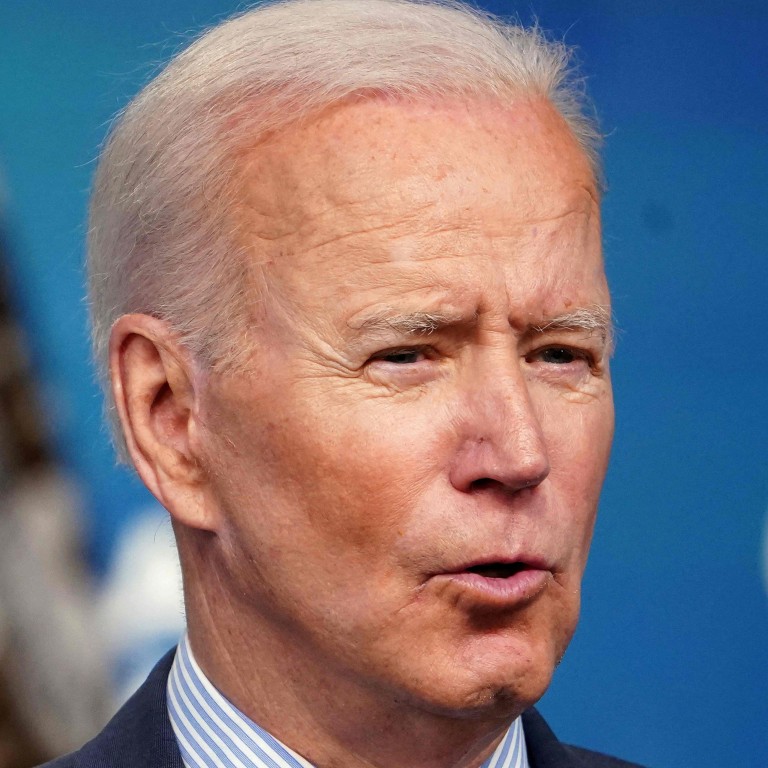
Leaders of China and the US set for same virtual stage at Apec trade forum this week
- Host New Zealand is talking up opportunities for leaders to discuss and tackle challenges such as the pandemic and climate change
- While Taiwan intends to lobby for admission to CPTPP trade pact, the virtual nature of the forum allows no room for sideline diplomacy, academic says
There is plenty of tension in the air, primarily between Beijing and Washington over trade, politics and human rights, with Taiwan’s future increasingly emerging as a potential flashpoint.
That is a theme also stressed by Vangelis Vitalis, New Zealand’s deputy trade and economic secretary. “There may be tensions, but the focus this year in Apec has been very much on where it is that we can work together,” he said at a briefing on Friday.
Started in 1989, Apec has 21 members, including other heavyweights such as Japan and Russia, as well as smaller states, such as Brunei and Singapore. Its goal is to promote free trade, and the non-binding forum has held discussions that eventually led to some of the world’s biggest trade agreements, according to Vitalis.
“Apec is the creator of norms and guidelines, it’s the ecosystem from which we then develop the hard rules and architecture,” Vitalis said.

China views Taiwan as a renegade province that must be retaken by force if necessary. Beijing has strongly objected to Taiwan joining any regional economic blocs, insisting it has sovereignty over the island.
China wants to join the DEPA digital trade pact, but why ‘is anyone’s guess’
Henry Gao, an associate professor of law at Singapore Management University, said Taiwan had a better chance this time around.
He said any large Western economies joining the CPTPP would bring a counterbalance to China in the group.
“China is the biggest economy in RCEP and the other players are not very strong. CPTPP is different – several large economies like the US and the UK are thinking of joining. That will be different dynamics for China,” Gao said.
One possible scenario was for China and Taiwan to be admitted to the CPTPP in quick succession so Beijing had no opportunity to object to the island’s membership, said Gao. In 2000, Taiwan’s accession to the World Trade Organization was cleared one day after that of China’s, he said.
Gao said it made sense for Taiwanese and Chinese delegates to lobby some of the 11 signatories to CPTPP who would be at Apec, because accession would require approval from all members. However, with Apec being a virtual summit this year, the in-person diplomacy that usually happens on the sidelines was not possible, he added.
New Zealand’s Trade Minister Damien O’Connor also spoke at the briefing on Wednesday, adding that there would always be differences between some of Apec’s member economies, but that should be left to other venues for discussion.
Timeline of the US-China trade war since July 2018
That so-called soft approach has led to both praise and criticism of Apec. One view is that it allows members to work towards goals at their own pace, while others have said it leads to discussions that ignore thornier issues.
“To talk about Apec is like talking about the role of the conference room. It’s like the conference room that provides the venue for the members to talk to each other. That is basically the function. It’s not like the WTO with binding rules,” Gao said.
The Apec host next year is Thailand and the US has offered to hold the gathering in 2023, which could be an in-person event. Gao said Washington officials might plan many side events before the summit to use US influence and try to drive major movement in trade negotiations.

